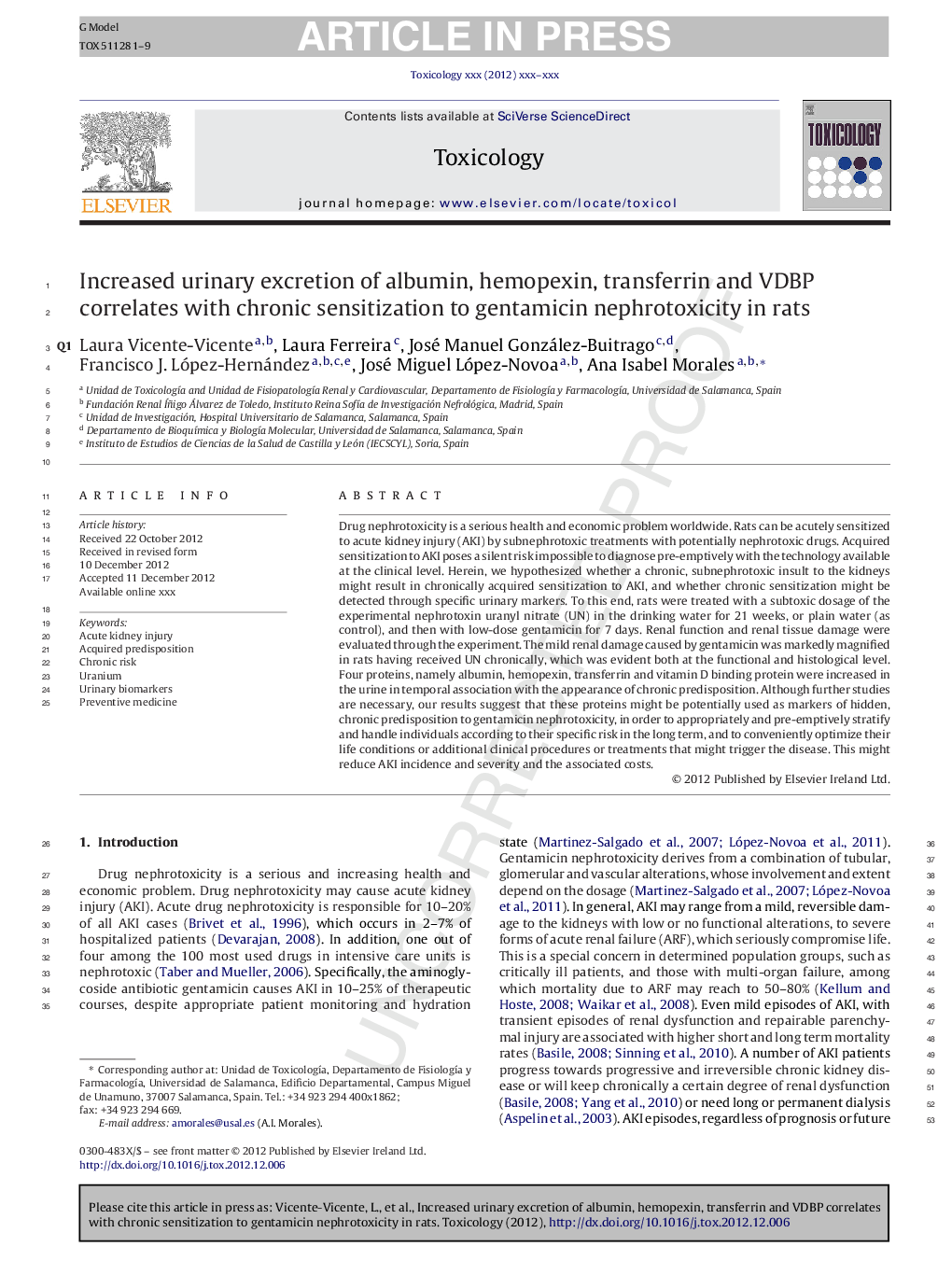| کد مقاله | کد نشریه | سال انتشار | مقاله انگلیسی | نسخه تمام متن |
|---|---|---|---|---|
| 5859122 | 1562328 | 2015 | 9 صفحه PDF | دانلود رایگان |
عنوان انگلیسی مقاله ISI
Effect of chronic p,pâ²-dichlorodiphenyldichloroethylene (DDE) exposure on high fat diet-induced alterations in glucose and lipid metabolism in male C57BL/6H mice
دانلود مقاله + سفارش ترجمه
دانلود مقاله ISI انگلیسی
رایگان برای ایرانیان
کلمات کلیدی
DDEorganochlorine compoundp,p′-dichlorodiphenyltrichloroethanep,p′-dichlorodiphenyldichloroethyleneAAALACT2DNHANESi.p.HOMA-IRMCP-1ACETNFαIL-6GC/MS - GC / MSIPGTT - IPGTintraperitoneal glucose tolerance test - آزمون تحمل گلوکز داخل صفاقیPersistent organic pollutants - آلایندههای آلی دیرپا(پایدار)Hepatic steatosis - استئاتوز کبدیinterleukin 6 - اینترلوکین 6National Health and Nutrition Examination Survey - بررسی بهداشت و تغذیه ملیDiabetes - بیماری قندOrganochlorine compounds - ترکیبات آلی کلرtumour necrosis factor alpha - تومور نکروز عامل آلفاintraperitoneal - داخل صفاقیType 2 diabetes mellitus - دیابت نوع دوDDT - دیکرو دیفنیل تری کلرواتانaccelerated solvent extractor - شتاب دهنده استخراج حلالC57BL/6 mice - موش C57BL / 6pop - پاپGas chromatography/mass spectroscopy - کروماتوگرافی گاز / طیف سنجی جرمیGlucose - گلوکز
موضوعات مرتبط
علوم زیستی و بیوفناوری
علوم محیط زیست
بهداشت، سم شناسی و جهش زایی
پیش نمایش صفحه اول مقاله

چکیده انگلیسی
Diabetes mellitus is a highly prevalent metabolic disease affecting 29.1 million people or 9.3% of the population of the United States. The most prevalent form of diabetes is type 2 diabetes (T2D) which comprises 90-95% of all reported cases of diabetes. While the exact cause of T2D remains an enigma, known risk factors include age, weight, sedentary lifestyle, poor dietary habits, and genetic predisposition. However, these risk factors can not sufficiently explain the increasing prevalence of T2D. Recently, environmental exposures have been explored as potential risk factors. Indeed, epidemiological and limited empirical studies have revealed elevated serum concentrations of certain persistent organic pollutants (POPs), including the bioaccumulative metabolite of p,pâ²-dichlorodiphenyltrichloroethane (DDT), p,pâ²-dichlorodiphenyldichloroethylene (DDE), are positively correlated with increased T2D prevalence. The goal of the present study is to determine if chronic exposure to DDE promotes T2D in a widely used in vivo model, the high saturated fat-fed mouse. Male C57BL/6H mice were exposed to DDE (2.0Â mg/kg) or vehicle (corn oil; 1Â ml/kg) via gavage for 5 consecutive days, then every 7 days for the duration of the study. One week following the 5 day consecutive DDE dosing, animals were placed on either a low fat (10%Â kcal from lard) or high fat (45%Â kcal from lard) diet (HFD) for 13 weeks. Chronic exposure to DDE promoted fasting hyperglycemia after 4 and 8 weeks on the HFD diet and normalized fasting blood glucose levels at week 13. This DDE-mediated decrease in fasting hyperglycemia was preceded by improved glucose tolerance at week 12. In addition to normalizing fasting hyperglycemia at the end of high fat feeding, DDE exposure decreased HFD-induced fasting hyperinsulinemia, homeostasis model assessment of insulin resistance (HOMA-IR) values, and hepatic steatosis. Therefore, based on the current data, chronic DDE exposure appears to have a biphasic effect on HFD-induced hyperglycemia in the male C57BL/6H mouse characterized by elevated fasting blood glucose at weeks 4 and 8 of HFD intake followed by normoglycemia upon sacrifice. In addition, chronic DDE exposure reduced HFD-induced hepatic steatosis upon sacrifice. These results indicate chronic exposure to DDE can directly affect systemic glucose and hepatic lipid metabolism and that these effects can be diet dependent.
ناشر
Database: Elsevier - ScienceDirect (ساینس دایرکت)
Journal: Toxicology - Volume 328, 3 February 2015, Pages 112-122
Journal: Toxicology - Volume 328, 3 February 2015, Pages 112-122
نویسندگان
George E. III, Charlee Mulligan, Edward Meek, Janice E. Chambers,